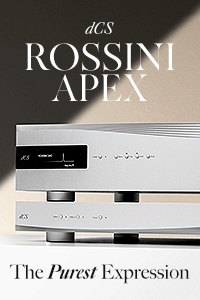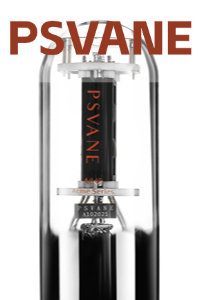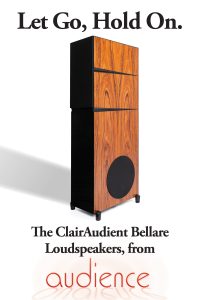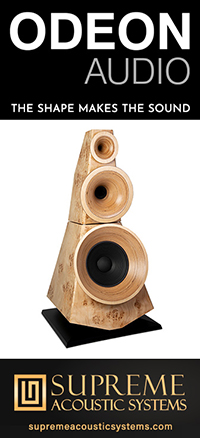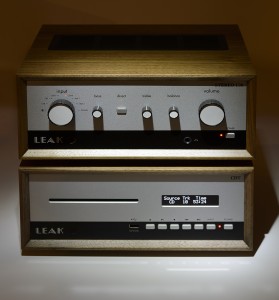
Leak’s Stereo 130 Amplifier and CDT Disk Transport
With so many old things being new again, what could be more hifi fun than an update on a British classic?
You might mistake the new Stereo 130 for a vacuum tube amplifier from the late 60s or early 70s; it’s actually modeled after the original Leak Stereo 30, which was, in fact, a solid-state amplifier. Read More >
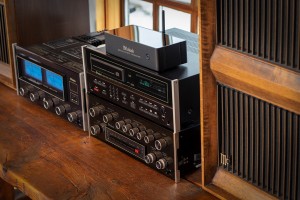
Add Streaming Capabilities to Vintage McIntosh Gear
If you have a vintage audio system of any capacity, and want to add streaming from your bluetooth device, McIntosh has the answer with their new MB20 Transceiver. Read More >

The Aqua LaScala DAC: Take Two- Adding the New Aqua LinQ Network Interface to the Mix
Streaming Paul Weller’s self-titled album at 16/44.1 kHz resolution, is enough to demonstrate how musical the Aqua LaScala DAC is. And it only gets better…
Our only point of contention, when we examined this product about a year ago, was its lack of streaming capability. Read More >

Technics SU-G700 Integrated Amplifier
Watching the power meters bounce in the dark, listening to the title track in Brian Eno’s The Ship, the sheer dynamic power of this compact amplifier is completely revealed. Read More >
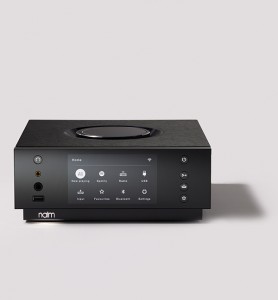
NEW From Naim! The Uniti Atom Headphone Edition
Naim Audio announces this morning that their latest addition to the Uniti series is now available. The Uniti Atom Headphone Edition premiers with an MSRP of $3,290. Read More >

REL’s new T/x subwoofers
Listening to the speed, detail, and delicacy of the bass line in Sly and The Family Stone’s “It’s a Family Affair” proved the impetus for where this review is heading. Read More >

The Acora Acoustics SRB
Listening to the Acora SRB monitors in a 16 x 25-foot handle the complex dynamics in Brand X’s Unorthodox Behaviour, you could easily be fooled into thinking you were listening to a floor standing speaker, even at a fairly high listening level. Read More >

Issue 106
Cover Feature
Naim ND555/PS555
And… Compact Disc Player roundup
Features
Old School: Returning to 14-bit digital
The Audiophile Apartment: Two Great Compacts from Technics and Naim
Mine: It Should Be Yours
1095: Gear for Just over a G
Mine: It Should Be Yours
Music
Playlists: We share our readers choices from around the world
Jim Macnie Returns with some great Jazz Choices
Emily Duff’s “Can’t Get it Out of my Head…”
Future Tense
Gear in our immediate future
Read More >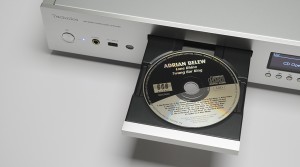
The Technics SL-G700 digital player
Tracking through the recent SACD remaster of Todd Rundgren’s Something/Anything, it’s easy to see the validity of the concept album – listening to a series of tracks precisely as the artist intended. Read More >
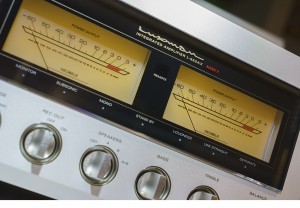
The Luxman L-550AXII Integrated Amplifier
Magic isn’t always where you expect it, and sometimes conventional wisdom suggests trying combinations that you might not think will impress. Read More >
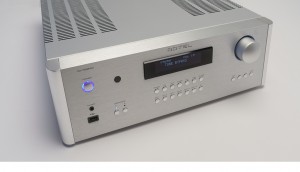
ROTEL RA1592 MKII
Rotel has been gaining a lot of attention, with their statement Michi products at the top of their range, and the Tribute products at the entry level. Read More >
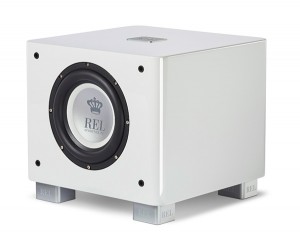
First look/listen: The new T/x Serie from REL
As with so many top audio manufacturers, it’s easy to get caught up in the products at the very top of their range, both in terms of performance and cost.
Read More >
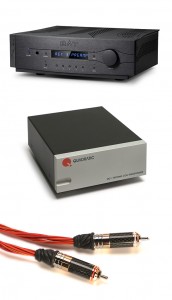
The BAT REX Preamplifier
We’re almost done with our full review of Balanced Audio Technology’s new REX tube preamplifier.
At $30,000, it’s crazy money, but it’s crazy good. Read More >

Yamaha’s A-S3200 Integrated Amplifier
Watching the delicate power level meters bounce to the rhythm of Led Zeppelin from across the room, Yamaha’s A-S3200 serves up an experience that is as visually engaging as it is sonically engaging. Read More >

Focal updates their Clear heaphone lineup with the Clear Mg
Focal has just announced their new Clear Mg headphone, replacing the former “Clear” phones as their open back reference. Read More >

The dCS Bartok: Take Two…
Editor’s Note: A short introduction is in order for readers who haven’t always followed our narrative.
Bob Gendron has been a contributor to TONE for almost 12 years and was also the magazine’s editor in chief for a considerable period. Read More >
Please note that all TONE and TONE related text and images are copyright © 2005–2025 TONE Magazine and The Audiophile Apartment. The RSS feed provided is for personal, non-commercial use only.
If you are not reading this content in your news aggregator, RSS reader, or direct, then the site you are looking at may be guilty of copyright infringement. If you locate this anywhere, please contact [email protected] so we can take action immediately.







